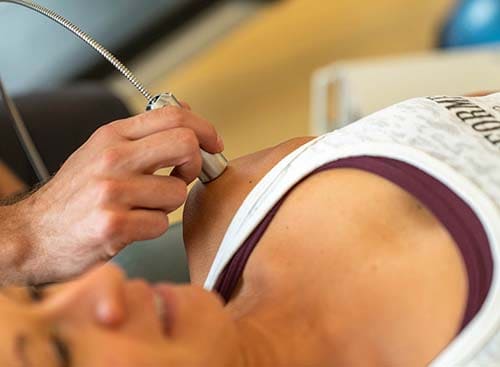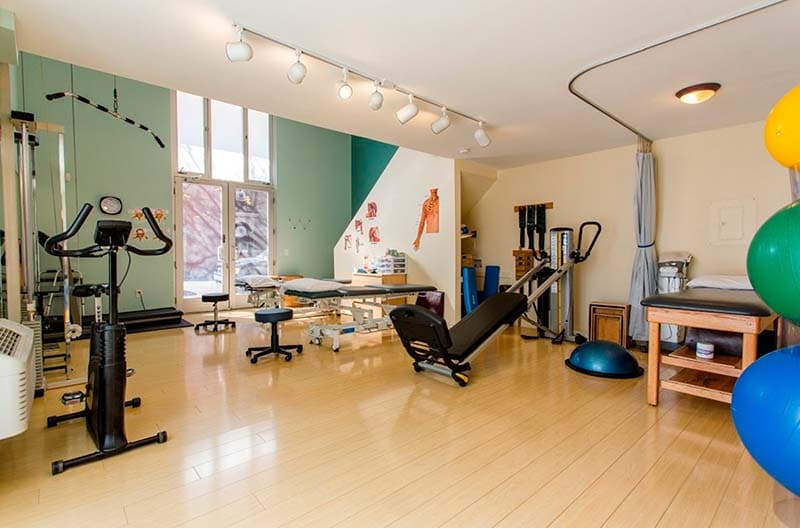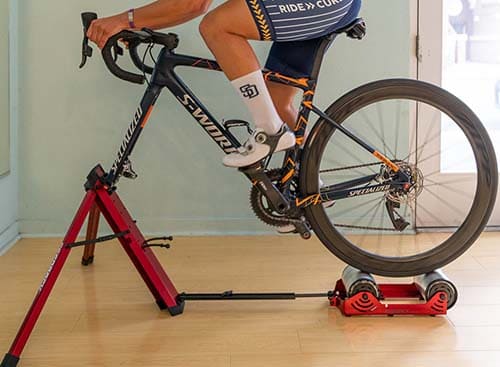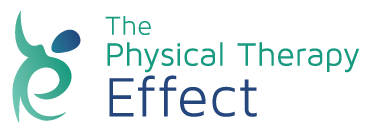Focused, One-on-One Physical Therapy Treatment
Peripheral Joint Mobilization
No Medications. No Painful Injections.
Relieve your joint pain and get back to living your life and doing what you love without pain or discomfort. Our Doctors of Physical Therapy are experts at using peripheral joint mobilization and other techniques to get results and help to improve your quality of life.
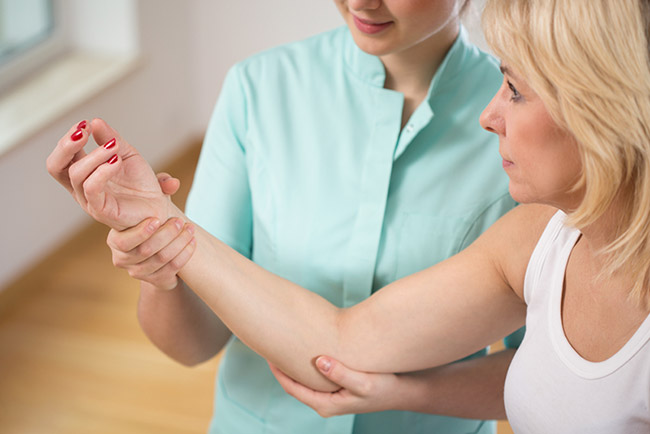
Techniques that can help
What Is Peripheral Joint Mobilization?
Peripheral joint mobilization, also known as peripheral joint manipulation, is a physical therapy technique in which your physical therapist applies force to one of your peripheral joints in order to help that joint to move better.
What Are the Peripheral Joints?
The peripheral joints are any joints that are in the arms and legs. These include:
Ankle
Joints in the feet
Joints in the hands
The hips typically aren’t included among the peripheral joints and by some definitions, neither are the shoulders.
Our Treatment Method
What Are Peripheral Joint Mobilization Techniques?
In peripheral joint mobilization, a physical therapist applies pressure on a joint in a targeted motion in a specific direction. The physical therapist performs the motion at different grades, depending on the needs of the patient and feedback from the patient regarding how the joint feels.
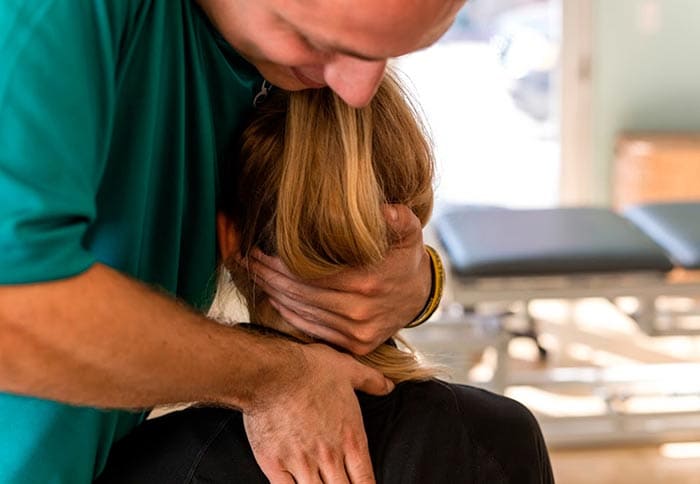
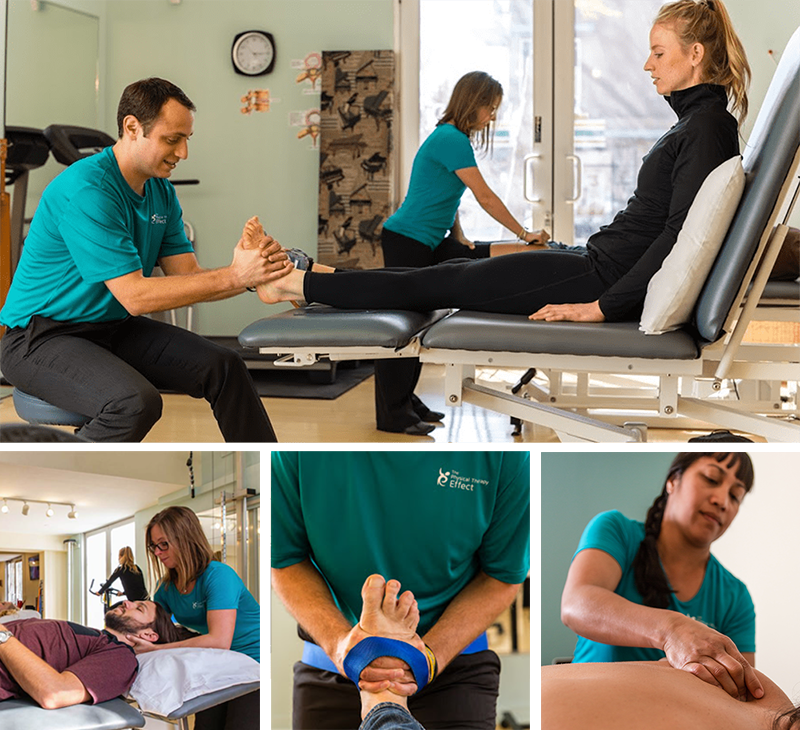
Experience Joint Pain Relief
What Are the Benefits of Peripheral Joint Mobilization?
Physical therapists use peripheral joint mobilization techniques on patients because they help to reduce pain. They also help to improve the range of motion and the functionality of the joint.
Who Benefits from Peripheral Joint Mobilization?
Peripheral joint mobilization isn’t necessarily right for everyone. For example, it’s typically not the right treatment for people with joint fractures or osteoporosis because joints and bones could get damaged. It is, however, an excellent treatment for those who have experienced pain or loss of motion following an injury or surgery or who are experiencing pain and stiffness in a joint.
Optimize Joint Mobility
What Is Peripheral Joint Mobilization Grading?
Peripheral joint mobilization uses different types of movements graded based on how quickly the movement is performed, the range of motion of the movement, and the size of the motion.
What Are the Peripheral Joint Mobilization Grades?
Peripheral joint mobilization is divided into five different grades, each of which involves a different type of joint mobilization.
Grade I
Peripheral Joint Mobilization
Grade I peripheral joint mobilization typically involves small movements. These are small oscillations that slowly move the joint through the beginning of its range of motion.
Grade II
Peripheral Joint Mobilization
In Grade II peripheral joint mobilization, the physical therapist manipulates the joint in larger, slow movements that stay within the joint’s currently available range of motion.
Grade III
Peripheral Joint Mobilization
Grade III of peripheral joint mobilization involves large and slow movements that are within the middle to end of that joint’s range of motion.
Grade IV
Peripheral Joint Mobilization
In Grade IV peripheral joint mobilization, the movements are small and slow like in Grade I but are performed at the end of the joint’s range of motion.
Grade V
Peripheral Joint Mobilization
Grade V peripheral joint mobilization involves one single small high-velocity movement at the end of a joint’s range of motion.

Manual Therapy
How We Achieve A Better Diagnosis with Less Discomfort
What is manual therapy? Manual therapy is a method physical therapy that involves the therapist feeling exactly how your body reacts to specific movement and exercises. A lot of pain and discomfort comes from lack of mobility or a small range of motion. Through simple movements and exercises, we're able to get your body used to these motions again, reducing or completely removing your pain.
Manual therapy includes a detailed biomechanical assessment. This means that your therapist will watch and feel how you move in order to make the most accurate diagnosis possible. This leads to faster recovery times and improved outcomes.
Benefits of Manual Therapy

More accurate diagnoses and understanding of pain

Less discomfort and pain during treatment
Therapist can feel where there is tension and mobility issues
The best of the best
Meet Our Specialist

Dr. Mark Shulman
Doctor of Physical Therapy (DPT), FAAOMPT, COMT, CSCS
Dr. Mark Shulman, DPT, FAAOMPT, COMT, CSCS has worked in Physical Therapy since 2005 when he started as a Physical Therapy Aide in an Outpatient clinic. Since then he has continued to progress his practice and gain experiences in multiple treatment settings. Dr. Shulman started “The Physical Therapy Effect” to continue his goal of providing quality one on one care to the patients he works with.
Mark studied Physical Therapy at Northeastern University in Boston Massachusetts where he graduated Magna Cum laude with a Doctorate of Physical Therapy in 2010. While completing his degree in Physical Therapy, Dr. Shulman also earned his Certified Strength and Conditioning Specialist Credentials from the NSCA. He has taken multiple advanced training courses to become a Certified Orthopaedic Manipulative Therapist through North American Institute of Orthopedic Manual Therapy. Dr. Shulman is a Fellow of the American Academy of Orthopaedic Manual Physical Therapy. He is also currently a Credentialed Clinical Instructor through the America Physical Therapy Association (APTA). Mark maintains an active membership in the American Physical Therapy Association, American Academy of Orthopaedic Manual Physical Therapists and National Strength and Conditioning Association.
Convenient Downtown Location
State-of-the-Art Office
We’ve been a part of the Little Italy community for over 6 years. Our office features top-of-the-line equipment to get you the results you expect.
